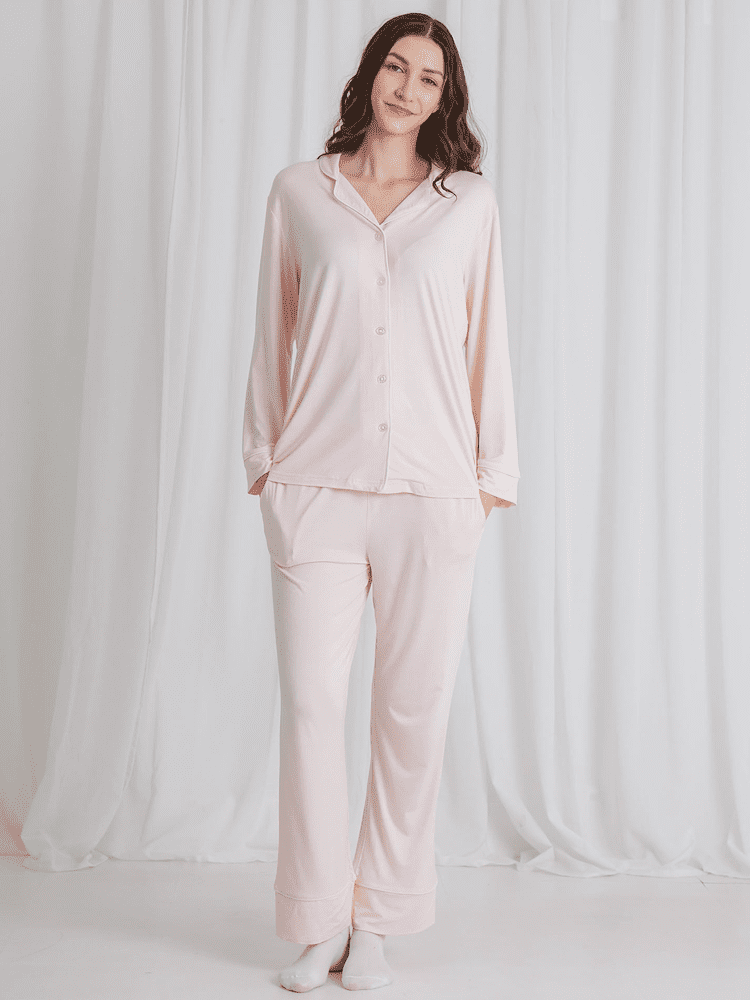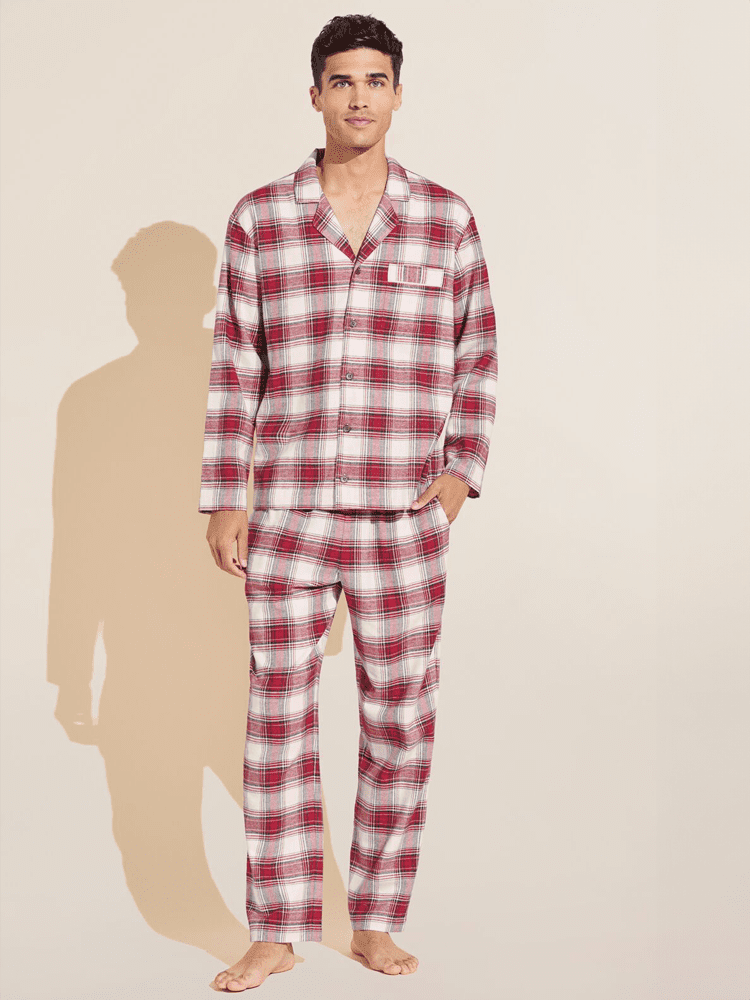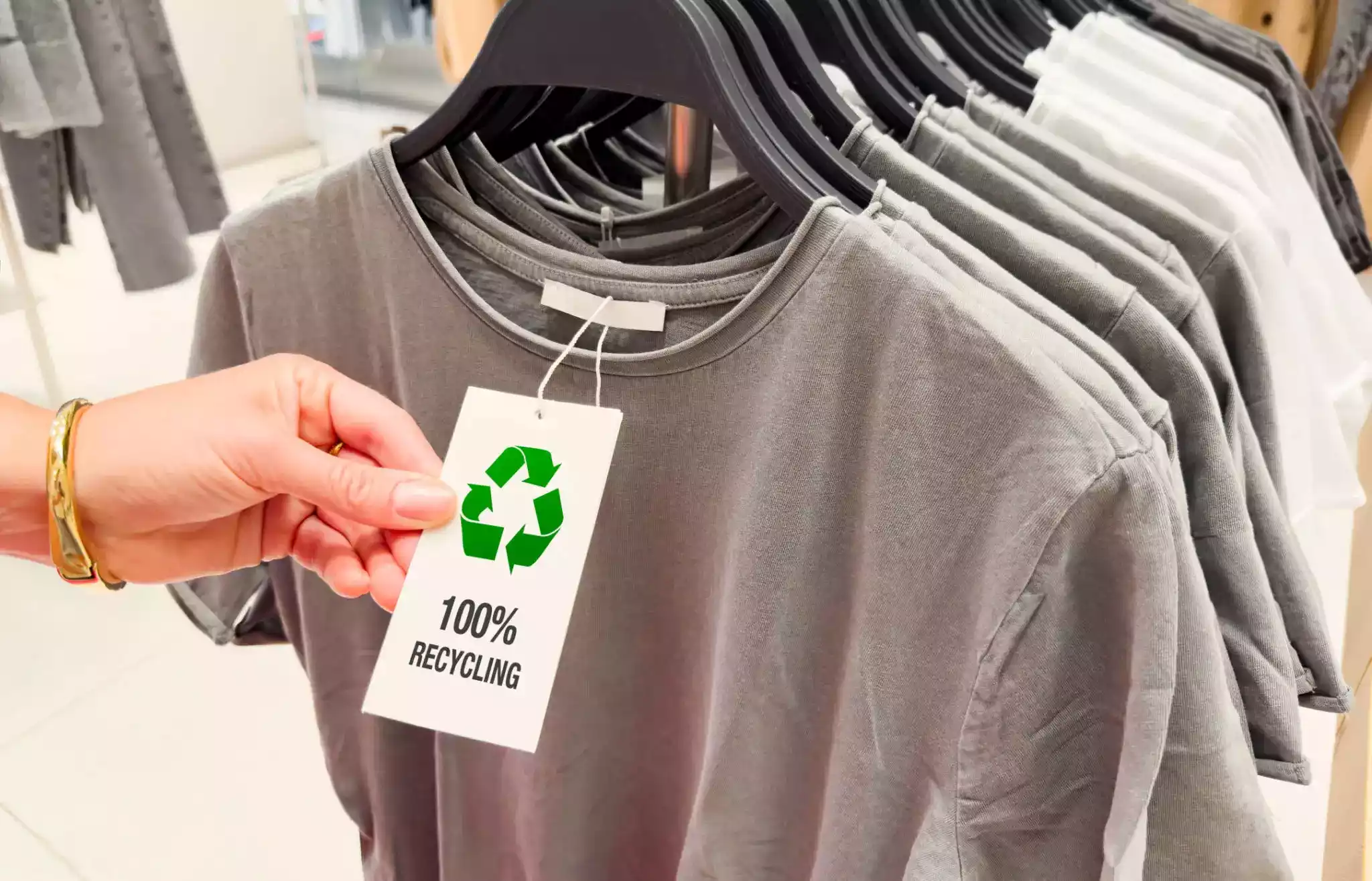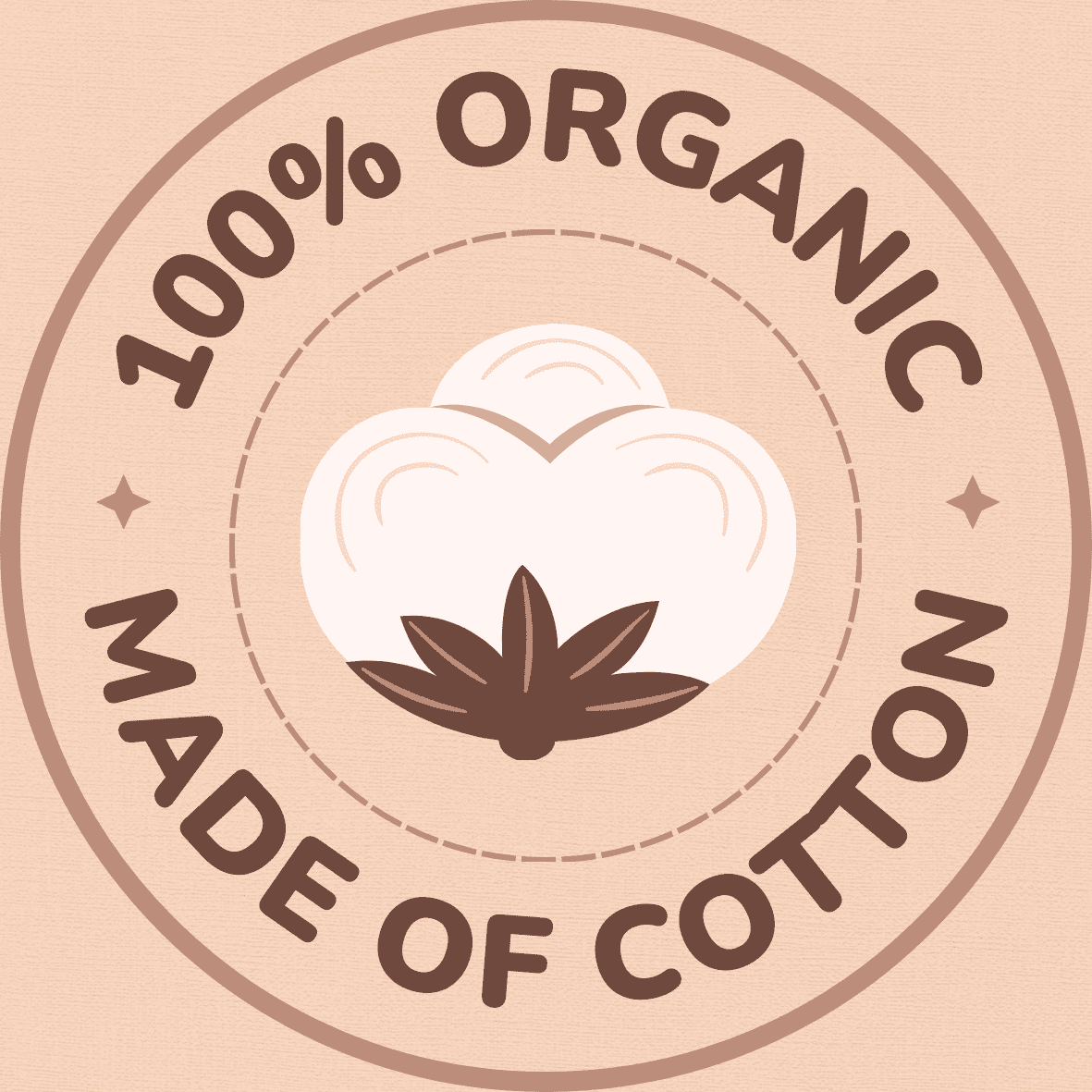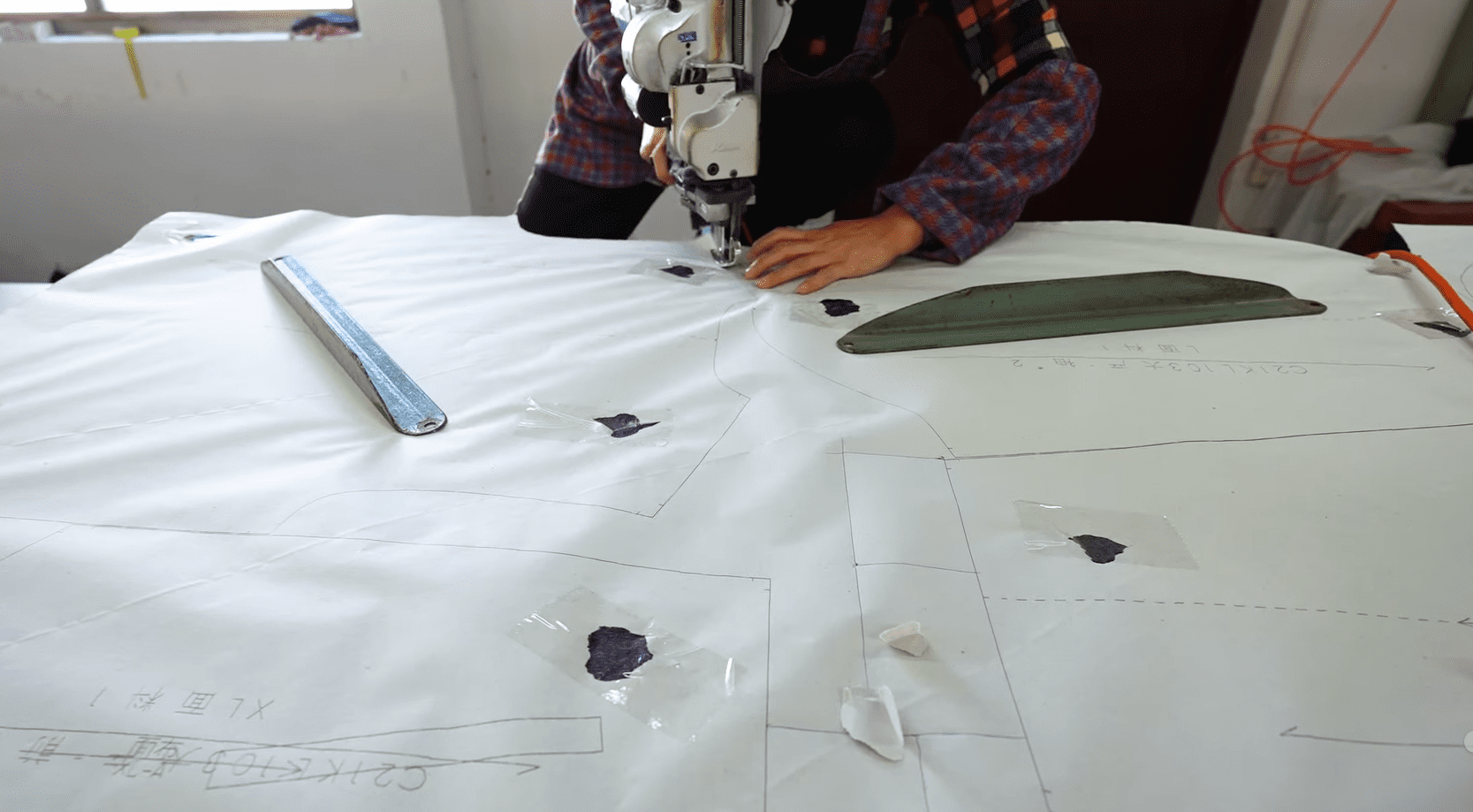Fabric Sourcing Secrets: Unveiling the Key to Quality Clothing Production
Fabric sourcing forms the backbone of the apparel industry; it is the decisive factor that determines the overall quality, sustainability, and appeal of the end product. In essence, sourcing fabrics implies identifying and procuring the right type of material, in the right quantity, from the correct fabric source based on factors such as cost, quality, availability, and the specific requirements of the clothing line. This process not just influences the design and aesthetic aspect of the garments but plays a significant role in economic and environmental sustainability as well.
An understanding of how to source fabric for clothing line can make a substantial difference in the competitive landscape of the apparel industry. The ability to tap into fabric sources international, often leads to the procurement of superior materials at more competitive prices, imparting quality and affordability to the finished product. Thus, the fabric source, whether local or international, plays a pivotal role in shaping consumer preferences and determining the success of a clothing line in the market. It’s clear, the process of material procurement in the apparel industry is much more than just a logistical function; it is an art and science in its own right.
The Role of Material Selection in Creating Superior Garments
Selecting the right materials for garment manufacturing is a crucial step in the production process, determining not only the quality of the finished product but also the ethical implications of its production. The choice of fabric significantly impacts the durability, comfort, and aesthetics of the apparel. For instance, the best source for linen fabric is essential for crafting garments that are breathable and lightweight, yet sturdy. Furthermore, procuring ethically sourced fabric not only guarantees superior quality but also assures consumers about the responsible practices behind their clothing items.
In our digitized world, the best online fabric sources are increasingly being leveraged by brands and manufacturers to secure top-notch materials for their products. However, navigating this space requires careful consideration to ensure that the sources meet the ethical and quality standards of the industry. Ethical fabric sourcing involves choosing suppliers who are transparent about their practices, from growing ethically sourced cotton fabric to maintaining fair working conditions in their facilities. Thus, the selection from the best fabric sources becomes an integral aspect in creating superior garments, marrying quality and ethical considerations seamlessly.
Decoding the Process of Material Procurement for High-Quality Garments
Venturing into the expansive universe of fabric sourcing, one must navigate various avenues from global sources such as fabric sourcing companies in China and Los Angeles to exploring fabric open sources online. Essential considerations in this expedition include quality, cost, texture, durability, suitability for the intended type of garment, and even ecological impact. A superlative example in this regard would be the push for ethically sourced linen fabric – a material that champions not only an appreciable degree of longevity and sumptuous texture but also promotes eco-conscious production values.
Then, comes the role of a fabric sourcing manager, a principal figure spearheading the material procurement process. This professional acts as a compass steering the decision-making journey, scouting the best fabric sources, whilst balancing cost-effectiveness, sustainability, and quality. With their discerning eye and industry acumen, they significantly contribute to carving a niche for the apparel in the competitive industry landscape. Through an effective procurement process, these professionals help garment manufacturers ensure high-quality end products, thereby living up to the demands of discerning customers in today’s fast-evolving fashion industry.
The Art of Selecting the Right Materials for Clothing Manufacturing
Fabric sourcing, especially in bustling fashion hubs like NYC, demands extensive knowledge, meticulous planning, and strategic execution. The process entails not only identifying potential suppliers but also verifying their credibility, assessing their capacity, and measuring their performance over time. Before diving into the labyrinth of fabric sourcing for clothing, it’s crucial to delineate what you’re looking for: the texture, the weight, the durability, the cost, and most importantly, the sustainability aspect of the fabric. The question, ‘how to source fabric for clothing‘, is synonymous with balancing these parameters.
The rise in sustainable fashion has escalated the demand for eco-friendly materials. Knowledge of how to source sustainable fabric—whether it’s nylon, rayon, or silk—becomes indispensable in the present scenario. For instance, sourcing rayon fabric, which is semi-synthetic and made from wood pulp, requires one to ensure the raw material is derived from responsibly managed forests. Similarly, one must ensure the nylon fabric source adheres to strict environmental standards, reducing water, energy, and waste footprint. Furthermore, to maintain premium quality, companies often opt for ‘one source fabrication’, selecting a single, reliable source for a specific fabric. Silk, a luxurious and high-quality fabric, usually demands such a strategy, with businesses choosing a dedicated silk fabric source to ensure unparalleled quality and consistency.
Innovative Approaches to Procure Top-Notch Materials for Apparel Production
As technology advances, the apparel industry is constantly looking for innovative ways to source fabric for clothing. The adoption of digital technologies such as big data analytics and AI (Artificial Intelligence) has revolutionized the process of material procurement, streamlining inventory management, and forecasting fabric needs more accurately. Textile manufacturers are also exploring the use of blockchain technology to ensure traceability and transparency in the supply chain, enhancing the reliability of fabric sourcing.
Furthermore, companies are paying greater attention to the source of fabric, adopting more sustainable methods of procurement. They are exploring multiple sources of fabrication of textiles like the source of linen fabric, source of rayon fabric, or source of silk fabric that focuses on ethical and eco-friendly practices, thus promoting sustainable fashion. Some manufacturers employ source one fabrics, that are produced with minimal environmental impact and fair trade practices. The focus is not limited to the quality and type of material procured, but also the ways these materials are sourced, aiming for a more responsible and sustainable fashion industry in the future.
• The application of AI and big data analytics has transformed the way materials are procured in the apparel industry. By predicting fabric needs more accurately, these technologies have streamlined inventory management processes.
• Blockchain technology is another innovation being adopted by textile manufacturers. This technology enhances traceability and transparency in the supply chain, thereby improving reliability in fabric sourcing.
• Apparel companies are increasingly focusing on sustainable methods of procurement. They’re exploring various sources for fabric production such as linen, rayon or silk that emphasize ethical and eco-friendly practices.
• Some manufacturers use source one fabrics which are produced with minimal environmental impact and adhere to fair trade practices.
• The focus extends beyond just quality and type of material sourced; it also includes how these materials are sourced. The aim is to foster a more responsible and sustainable fashion industry going forward.
In conclusion, innovative approaches to procure top-notch materials for apparel production involve leveraging digital technologies like AI, big data analytics, blockchain technology while also prioritizing sustainability through ethical sourcing practices. As we move towards a future where sustainability becomes even more crucial than it is today, these strategies will likely become standard practice within the fashion industry.
The Connection between Material Quality and End Product Quality in Clothing Production
Clothing quality is inextricably linked to the quality of the materials used in its production. Reliable sources of fabrics, such as bamboo, play a crucial role in determining the overall success of a clothing line. For emerging designers and small businesses, sourcing bamboo fabric can be a stepping stone to developing garments that not only feel better on the skin but also sell better in the market. The sourcing fabric for small business not only involves thorough research on the cost and quality of available materials but also necessitates an understanding of the material’s ecological and social impact.
By delving into the arena of sourcing recycled fabrics and sourcing sustainable fabrics, businesses can add an overarching value to their brand. Sustainable fabric sourcing heralds an era of responsible production where the creation of high-quality clothing does not contribute negatively to environmental degradation. The use of recycled fabrics, previously discarded as waste, further helps in minimizing pollution and waste generation. Therefore, the fine line between the material quality and the end product quality in clothing production now embodies an additional factor – sustainability.
Strategies to Ensure Optimal Material Quality in Garment Manufacturing
Fabric sourcing plays a pivotal role in determining the quality of the end garments produced. To deliver superior quality, many manufacturers opt for sustainably sourced fabric. The choice is not only environmentally responsible but also promotes durability, illustrating what is fabric sourcing in real terms. Factors such as the fabric’s durability, comfort, and texture directly influence the garment’s overall appeal and performance. Therefore, obtaining fabric from reliable cotton fabric sources becomes a crucial step in quality control.
Controlled sourcing also adds another dimension to the process. For instance, manufacturers often rely on locations renowned for their quality fabric supplies such as fabric source destin florida or fabric source houston. Geographically diverse sourcing thereby ensures access to a wide pool of superior raw materials. In addition, partnering with a reputable fabric sourcing company yields consistency in material quality. Such businesses have expert knowledge of fabric sourcing in the garment industry, and they can connect manufacturers to the best sources globally ensuring a continuous supply of high-grade materials for garment production.
Unearthing the Process of Material Procurement for Premium Clothing Production
Material procurement plays a pivotal role in premium clothing production. The first step in this crucial process is sourcing the right materials. Fabric sourcing from regions like USA involves researching vendors, assessing quality, analyzing cost, and conducting thorough negotiations. Many industry-leading apparel brands utilize not just local suppliers but also international markets, understanding that a well-curated mix of sources can fortify their supply chain and add to the richness and variety of their collections.
China, for instance, has emerged as a huge market for sourcing fabric. When considering how to source fabric from China, it is essential to evaluate the fabric type such as the soft linen fabric source or the durable polyester fabric source. The sourcing process also involves understanding legal and trade requirements. In addition to this, it’s equally integral to know how to source fabrics for clothing lines from domestic sources. Cotton, for example, is a heavily produced fabric in the USA with its major source of cotton fabric being Texas. To source fabric successfully in the apparel industry, businesses must stay abreast with current market trends, consumer demands and maintain impeccable quality control measures.
The Impact of Material Quality on the Sustainability of Clothing Production
Material quality is emerging as a cornerstone of sustainability in clothing production. One of the key factors is the source of the fabric used. The nylon fabric, known for its durability and comfort, generally has a high environmental impact due to its fossil fuel extraction process. Similarly, the sourcing of polyester fabric, derived from petroleum, contributes significantly to greenhouse gas emissions, often contributing to air and water pollution.
On the contrary, natural materials like cotton have lower ecological footprints, provided they are obtained through ethical practices. Sources of cotton fabric, particularly those employing organic farming techniques, have a lesser environmental impact. The sourcing of velvet fabric also influences sustainability, with the majority of it being produced from synthetic fibers. For a greener production process, sourcing ethical fabrics becomes crucial. This necessitates scrutinizing each sourcing fabric stage, from the raw material extraction to the textile manufacturing, ensuring it aligns with high environmental and social standards. In essence, the strategic sourcing of fabric is pivotal in transitioning towards sustainable clothing production.
The Future of Material Sourcing in the Evolution of the Clothing Industry
Advancements in technology and the growing emphasis on sustainable practices are set to reshape the future of material sourcing in the clothing industry. Emerging technologies like artificial intelligence (AI) and blockchain are steadily being integrated into procurement processes, streamlining and improving efficiency. They enable better supplier discovery, real-time inventory management, improved supply-chain transparency, and more accurate sales forecasting. Taking an AI-driven approach allows firms to not just maintain quality and reduce costs, but also to respond quickly to changing market trends and customer demands.
Simultaneously, sustainability continues to mold the procurement practices in the sector. Manufacturers are increasingly adopting ethical and environment-friendly sourcing methods. The use of recycled materials, organic fabrics, and bio-synthetics is gaining traction. This shift to green sourcing is not merely a nod to environmental responsibility, but it also caters to the growing demand for sustainable fashion among discerning consumers worldwide. Ultimately, the future of the clothing industry lies in striking a balance between innovative technological application and sustainable procurement practices.
FAQs
What is the importance of material procurement in the apparel industry?
Material procurement is vital in the apparel industry because it directly influences the quality and appearance of the final product. It also plays a crucial role in determining the cost, sustainability and durability of the garment.
How does material selection contribute to creating superior garments?
Material selection is pivotal in creating superior garments as it dictates the comfort, fit, feel, aesthetic appeal and durability of the clothing item. Choosing the right materials ensures that the garment is fit for its intended use and meets the expectations of the customers.
Could you explain the process of material procurement for high-quality garments?
The process of material procurement for high-quality garments involves sourcing the right textiles, taking into consideration factors such as sustainability, cost, durability, and aesthetic appeal. This requires a strong understanding of different fabric types, their properties, and the latest trends in fashion and consumer preferences.
How does the quality of materials affect the end product in clothing production?
The quality of materials used in clothing production directly affects the look, feel, durability, and performance of the final garment. High-quality materials result in garments that are comfortable, long-lasting, and visually appealing, thereby increasing customer satisfaction and brand reputation.
What are some innovative approaches to procure top-notch materials for apparel production?
Some innovative approaches to procure top-quality materials for apparel production include leveraging technology to source materials, establishing direct relationships with textile manufacturers, and exploring sustainable and renewable material options such as organic cotton, recycled polyester, and plant-based textiles.
What strategies can be adopted to ensure optimal material quality in garment manufacturing?
Strategies to ensure optimal material quality in garment manufacturing include rigorous quality control processes, regular supplier audits, training procurement teams on textile properties, and investing in advanced technology for material testing and analysis.
How does material quality impact the sustainability of clothing production?
Material quality significantly impacts the sustainability of clothing production. High-quality, durable materials result in garments that last longer, reducing the need for frequent replacement. Additionally, sourcing from suppliers who produce materials in an environmentally-friendly manner also contributes to sustainable clothing production.
What does the future hold for material sourcing in the evolution of the clothing industry?
The future of material sourcing in the clothing industry will likely be shaped by increased demand for sustainability, advancements in textile technology, and greater transparency in the supply chain. Expect to see a rise in the use of eco-friendly materials, innovative fabrics, and smarter sourcing strategies that aim to reduce the environmental impact of clothing production.




